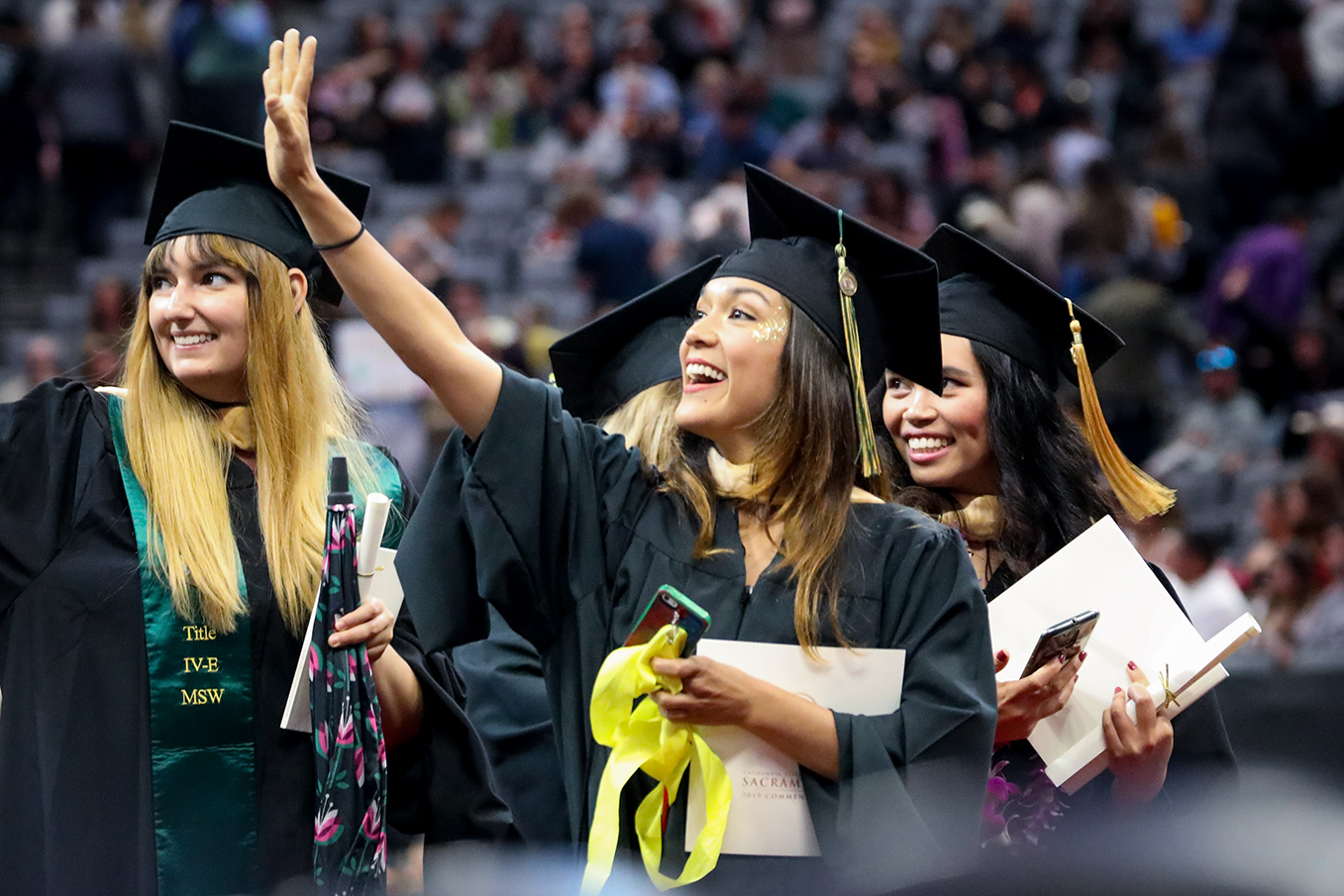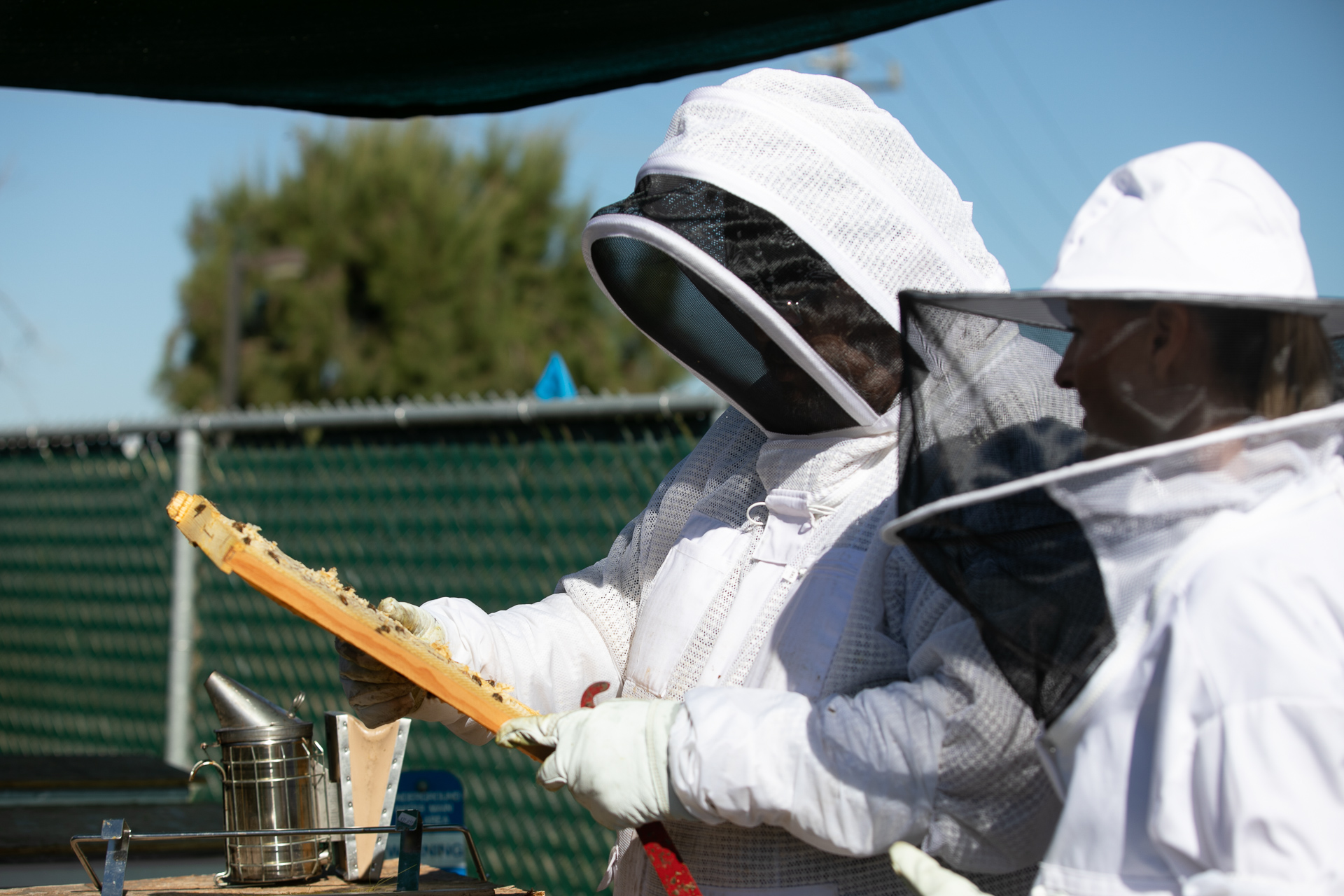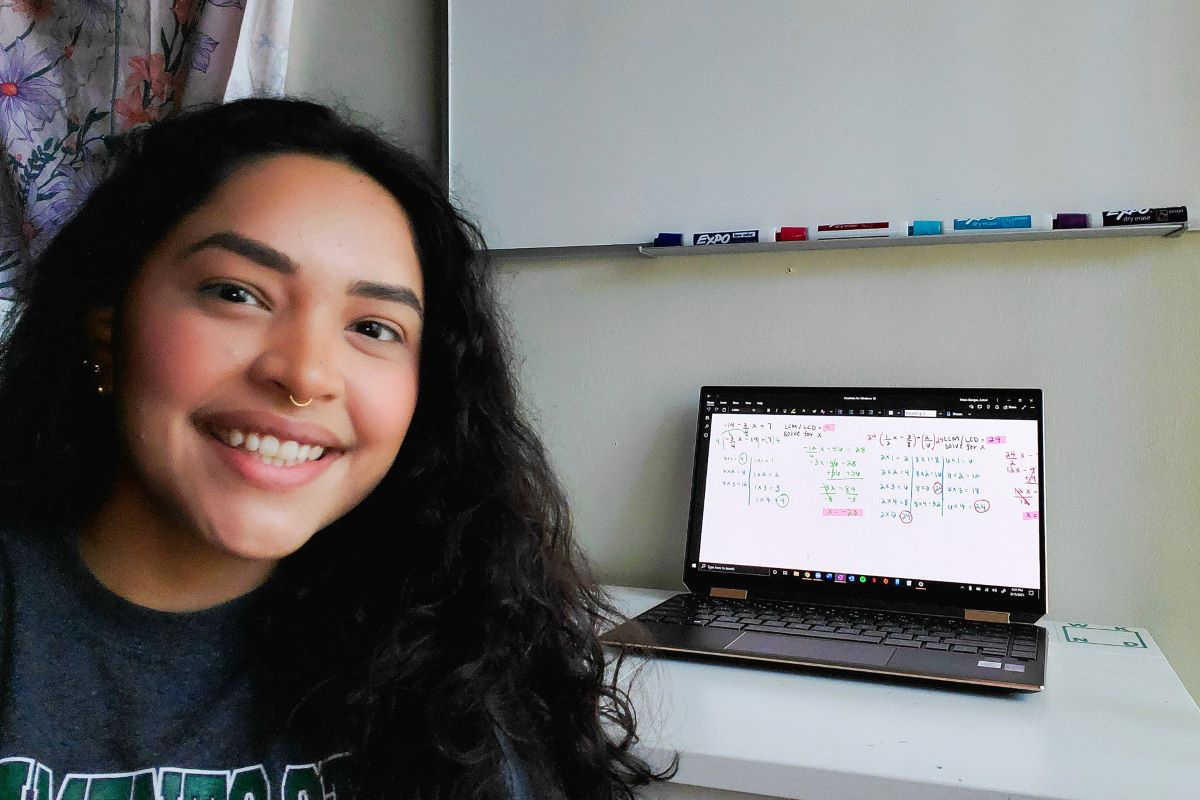Story Content
Sac State reflects on a tough year of challenges, innovation and success
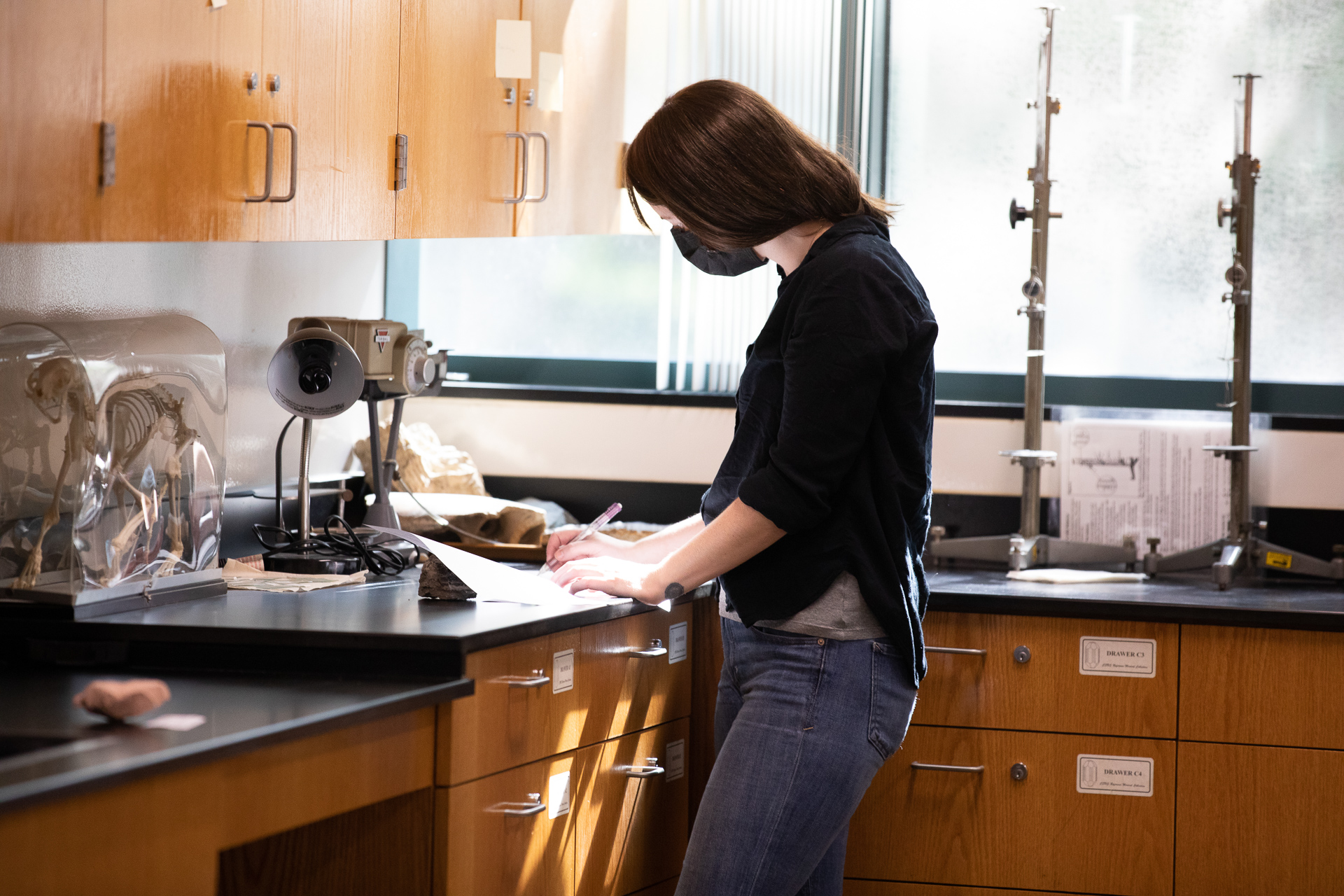
March 26, 2021
As classrooms closed their doors and the campus emptied last year in a concession to the surging coronavirus, Sacramento State plunged into uncertainty.
Many faculty members hadn’t taught an online course. Few staffers had mastered Zoom meetings. Some students were going home to tight quarters, outdated computer equipment, and unreliable internet services.
“We were still trying to figure out what the impact of the pandemic would be on us,” said Ed Mills, vice president for Student Affairs. “It was a pretty chaotic situation.”
Ultimately, however, the University emerged from the chaos, navigating its developing “new normal” so that today it can claim many successes in the face of unprecedented challenges.
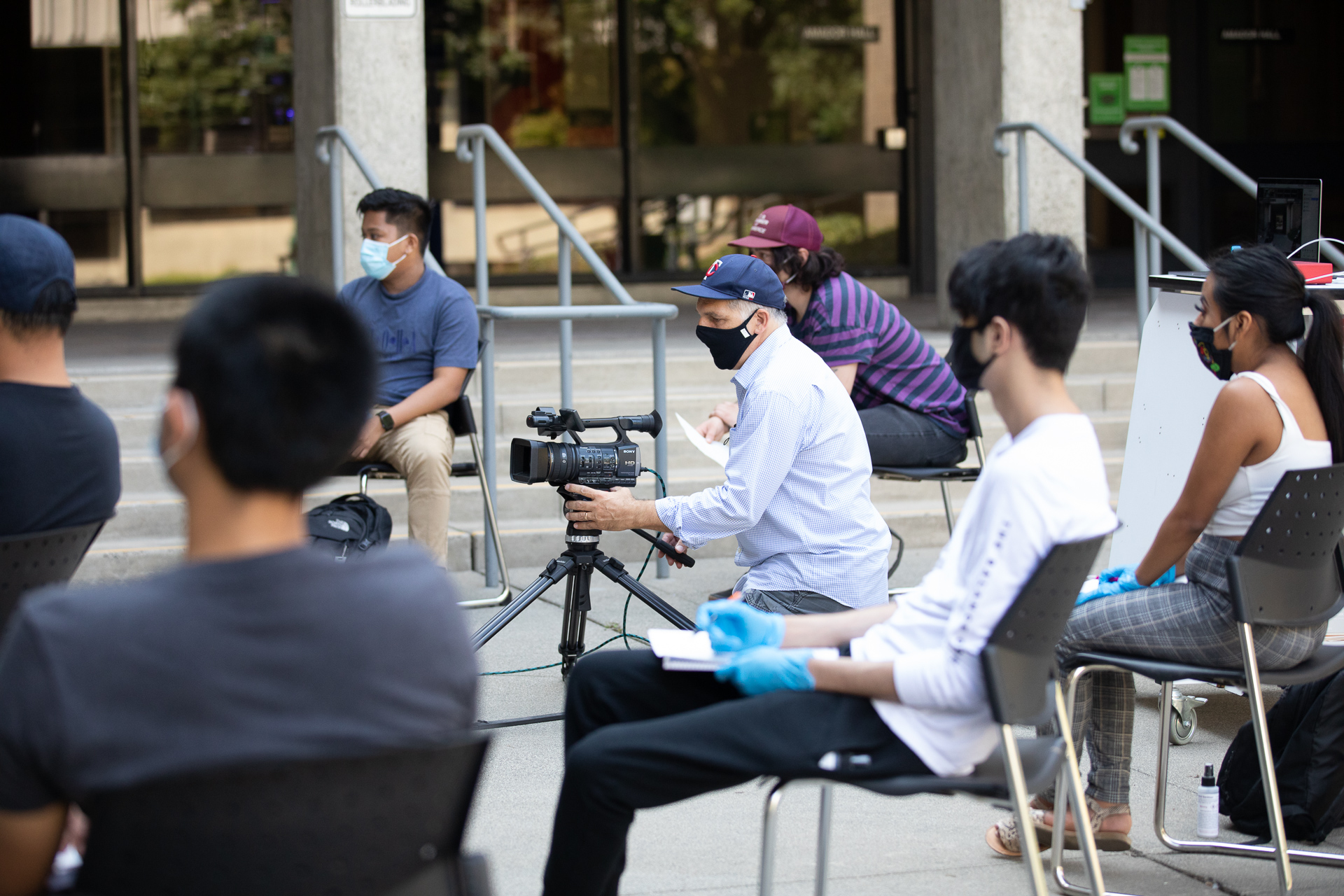
A year after Sac State switched to virtual work, learning, and teaching environments in the interest of safety, its enrollment remains robust. Fewer than 100 students dropped out of school during the pandemic period. Course loads and GPAs have held steady. In those ways, the University seems to be bucking a national trend.
Sac State’s spring 2021 enrollment, 29,557 students, fell just short of the record enrollment set in spring 2020. Further, the Hornet Launch scheduling system, first used in fall 2020, is credited with helping course loads hold steady at about 14 units for incoming freshmen. Also encouraging, graduation czar James Dragna said he believes the University will continue to improve its rising four-year graduation rates.
All this during a once-in-a century crisis.
“I’m really proud of our faculty and staff,” said Steve Perez, provost and vice president for Academic Affairs. “They have been working really hard under very difficult circumstances. We’ve learned how to pivot and move forward.”
Now the University is preparing for the possibility of welcoming the Sac State community back to campus.
By fall, if the virus continues to abate and vaccination rates keep rising, the campus normally home to more than 30,000 people may be operating at about 50% capacity, President Robert S. Nelsen has said.
“It feels like we can finally see the light at the end of this awfully long tunnel. It is still a way off, of course. But it’s there.”
Strict safety measures are likely to remain in place, including mandated face coverings and physical distancing, Perez said, adding that he is cautiously optimistic that “we’re going to be a lot more populated come fall, and then we can start heading toward normalcy.”
Perez and others recalled not only the anxiety and uncertainty they felt a year ago as the virus rampaged, but also adjustments that have followed.
“Knowing that the switch to virtual instruction and services was imminent, we had to quickly figure out the logistics, and that was not easy,” Mills said. “Most of our staff had never been in a Zoom meeting. We had to consider how we were going to communicate with our students. We had to think about equipment and computer connections and capacity. I knew we could do it, but I worried about whether we could do it quickly enough to accommodate our faculty, staff and students.”
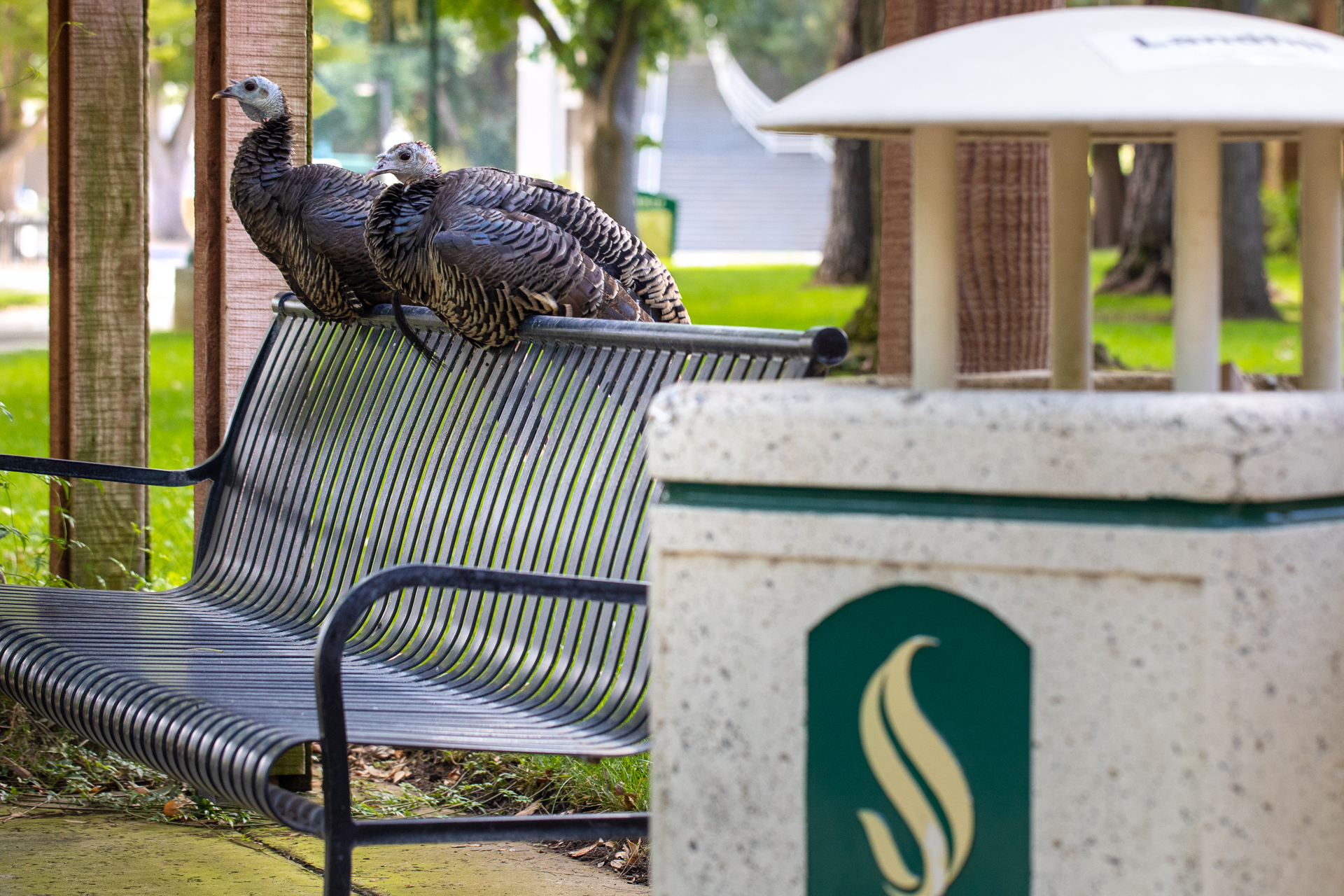
On March 12, 2020, Nelsen and his administration made the call to send nearly everyone home. Faculty members had just a few days to prepare to deliver courses remotely. Sac State’s Department of Information Resources and Technology (IRT) worked to secure laptops and internet “hotspots” for students, supporting those who were to be working remotely and assisting faculty with online teaching.
The switch to virtual instruction was a bombshell for faculty, many of whom were concerned the conversion would stunt students’ academic and career development. Professors whose courses included labs and other hands-on learning experiences were particularly concerned. Internships and field studies halted abruptly.
“The first thing I worried about was equity issues my students might face,” said Kimberly Mulligan, an associate professor of Biology. “Would students have consistent access to a computer and reliable internet access? Would they have a quiet space at their home where they could participate with their classes or study?”
She wondered how she could best gauge student learning during online lectures, and whether real-time or recorded course delivery would be more effective.
Professors persevered by sharing ideas and information with one another. Some used communication platforms like Slack for large lecture courses. They cultivated peer interaction among students, encouraged virtual advising and referred students to campus resources to help them cope with drastically changed circumstances.
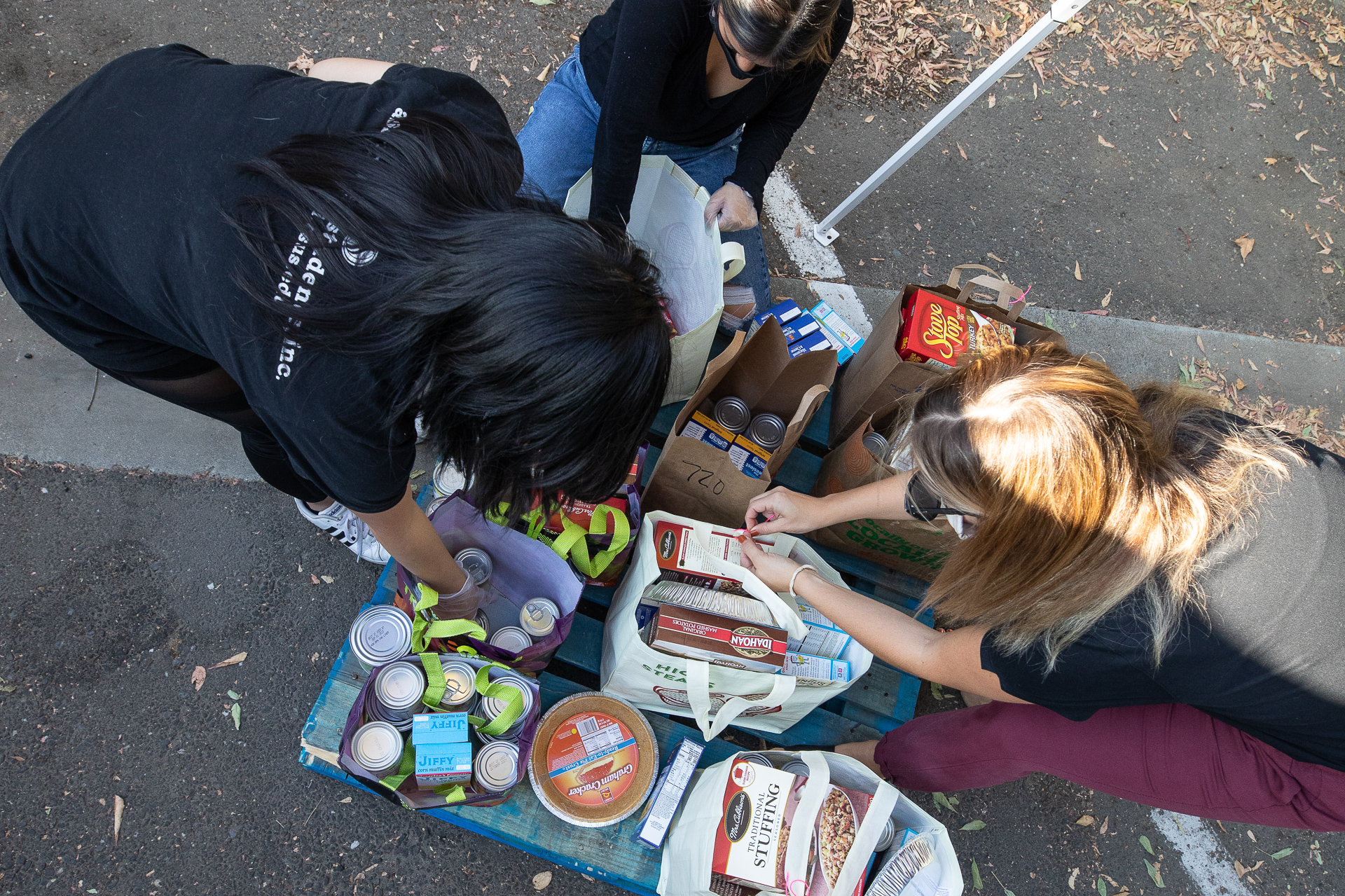
Biology Professor Ronald Coleman, who runs Sac State’s Evolutionary Ecology of Fishes Laboratory, assembled and delivered aquariums to students who were scattered across the region so that they could continue their research. Sac State’s pro bono Physical Therapy lab used baby dolls during remote lessons to help students develop hands-on skills. Music faculty began experimenting with virtual platforms to allow choirs to sing together in real time. The School of Nursing labored to find clinical opportunities for its students.
The University also used funding from the first federal COVID relief bill to pay for TEACH ON!-line Summer Camp. The program, led by the Center for Teaching & Learning in partnership with IRT and the College of Continuing Education, helped improve faculty online skills and emphasized best practices.
Still, despite creative, successful efforts across the campus, the pandemic has undoubtedly created a “skills gap” that faculty members will have to address in the future, Mulligan said.
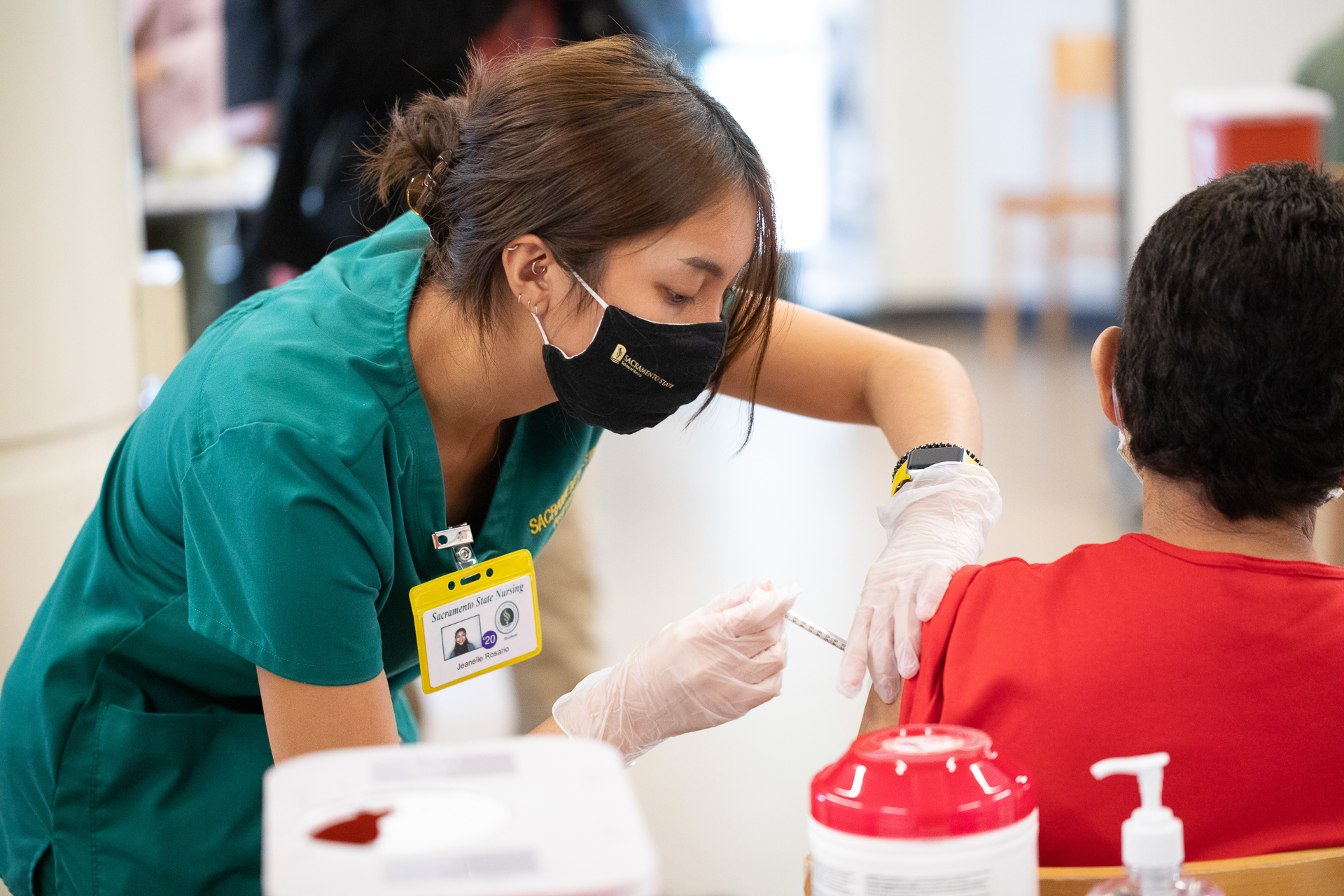
More than a year after COVID changed life at Sac State, members of the University community are thinking about what they miss most about pre-pandemic times and dreaming of a campus that again will be abuzz with activity.
“I miss the newsroom,” State Hornet Editor Max Connor said during a recent Zoom session with Nelsen and Associated Students Inc. President Noah Marty. Marty misses strolling across campus, seeing events in the Library Quad and having informal discussions on his way to class. Nelsen longs to watch baseball, softball and other sports in person again, and to sit at Saigon Bay restaurant with a bowl of pho.
“I just miss being with my students in the classroom,” Coleman said. “I miss their energy and hearing them talk about their goals,” things that cannot quite be replicated online.
Classrooms will look different when the campus begins to repopulate. Each room will hold fewer students because of social distancing requirements. Some classes may be in rooms not traditionally used for teaching, including in the University Union, and plexiglass barriers may be installed in some areas.
“There will be a lot of hand sanitizer and wipes,” Perez said.
“As we go through the summer, we will have a better idea about how it will look,” he said. “We will have a road map, but we realize that things could change drastically. We will follow the guidelines of health professionals.”
Coleman said he is wary of expectations of an immediate return to “business as usual.”
“We are going to have to be cautious,” he said. “This is not the end game” for the virus.
Nonetheless, this spring feels like a new beginning for some.
With approval from Academic Affairs, and a Covid19 safety protocol review, a very limited number of professors and their students have been cleared to return to their research laboratories. Trained Nursing students are administering COVID-19 vaccinations at an on-campus clinic. Many members of the classes of 2020 and 2021 are planning to participate in the May “CARmencement,” an on-campus alternative to traditional commencement, made necessary by ongoing restrictions in place to help ensure safety as the pandemic persists.
Optimism seems to be returning.
“It feels like we can finally see the light at the end of this awfully long tunnel,” Mulligan said. “It is still a way off, of course. But it’s there.”
Media Resources
Faculty/Staff Resources
Looking for a Faculty Expert?
Contact University Communications
(916) 217-8366
communications@csus.edu
